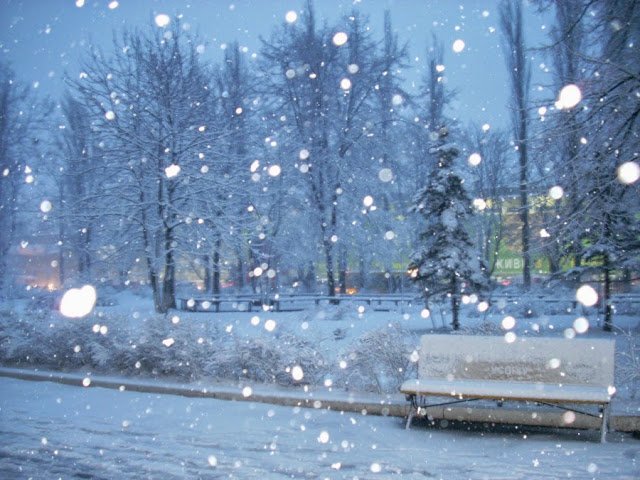What objects are glistening like snow? The answer is: CRYSTAL! In fact, crystals may be more appropriate to call snowflakes because of their shape of snow crystals. Snow crystals are a simple form of ice crystals. Each crystal is formed when the moisture present in the particles of ash, dust or pollen enters the cold cloud
What distinguishes crystals is
the way the molecules line up in a hexagonal formation so that each crystal has six angles. Each snowflake is different, but can be grouped into several types of crystals that vary greatly because of differences in temperature and humidity during its formation
The International Commission on Snow and Ice (ICSI) established a classification system for precipitation in 1951. They distinguished seven types of snow crystals: plates, star crystals, stems, needles, spatial dendrites, capped columns, and irregular shapes. There are three types of freezing prespitasi: groupel (which looks like round pellets), ice pellets, and hail. The frozen rain drops are called sleet.
Frozen crystals can form snowflakes that appear to be made of several crystals or like balls with thousands of tiny glass like glittering crystals. Sparkle snowflakes appear when light reflects back from the surface with many angles and caught your eye.
The snow glistens when it's newly formed. The melting snow will lose this ability. As the snow melts, all sides of the snow surface also melt and crystals lose their shape. As a result, the angular surface lessens the light, and the snow loses its luster.
PS: The largest snowflake ever recorded is 20 X 30.5 cm. This snowflake was reportedly crashed in Bratsk, Siberia in 1971.
Hi! I am a robot. I just upvoted you! I found similar content that readers might be interested in:
https://steemit.com/science/@insideeesteem/articles-of-interesting-and-useful-knowledge-science